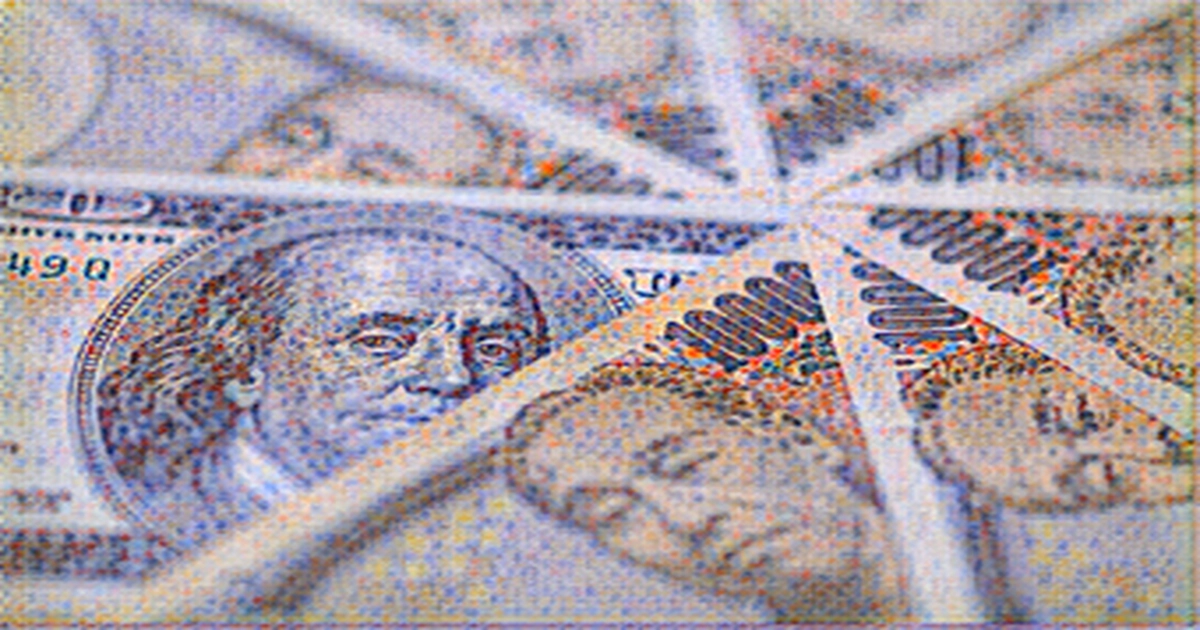
TOKYO Reuters -- A weak yen, once seen as favorable for Japan's exports-focused economy, has now become a pain point as it eats into household finances and confuses policymakers.
A shift by Japan's manufacturers to offshore production means that a yen has become less of a boon for local exporters than it was about a decade ago.
That means that some at Japan's finance ministry, which is in charge of currency policy and known to step in to counter sharp yen rises, are paying more attention to the downsides of a weaker currency, namely the effects of higher import costs.
The dollar hit 115.525 yen this week, a level not seen since January 2017 as expectations for higher U.S. interest rates propped up the dollar and Japan's outlook darkened.
A weak yen pushes up import prices, weighing on profits at companies dependent on raw materials imports and household purchasing power, said Kiichi Murashima, Citi economist Kiichi Murashima. The penetration ratio of imports is on the rise and the negative effects of a weak yen may be larger than before. The reversing of the strong yen trend through massive monetary easing was one of the main goals of former Prime Minister Shinzo Abe's Abenomics policies over his eight years in office to 2020. Prime Minister Fumio Kishida is expected to follow this strategy.
The yen lost 50% against the dollar over the course of that period. Export volumes remained mostly unchanged, suggesting that a weaker currency, while still beneficial for Japanese companies abroad, has not necessarily made the country's goods attractive to foreign buyers.
A quarter of Japanese manufacturers used offshore production in 2020, compared to 18% in 2010 according to a survey by the Ministry of Economy, Trade and Industry.
The trade balance went into deficit in 2011 because of the 2011 earthquake and tsunami, as exports of fuel slowed and imports of fuel surged.
Exports now make up about 15% of Japan's economy as of 2020, the second smallest contribution among the OECD nations after the United States and down from 17.5% in 2007 compared to 17.5% in 2007.
The consumer sector's share of GDP has held steady at 53%, making the economy more vulnerable to the surge in imported goods prices caused by a weaker yen.
Japan would intervene heavily to stop a strong yen from crimping the competitiveness of exports until 2011, but it has also stopped the currency falling on rare occasions.
The last time Japan intervened to stop yen declines was in 1998 during the Asian Financial Crisis when the dollar broke above 146 yen.
Analysts think such a move is highly unlikely this time, but some analysts think 125 yen is a potential line in the sand.
A Reuters survey of companies showed that a third of respondents expected profits to decrease if the weakness persists.
A battered currency has sapped Japanese households' purchasing power, giving them less for what they pay.
The yen's dwindling value has pushed up prices of brand-name imports ranging from luxury cars to expensive watches to smartphones as well as foodstuff such as U.S. beef imports.
The price of a new-model iPhone has tripled to 190,000 yen over the past decade, equivalent to 60% of the average monthly salary in Japan. The salaries have remained the same over the period.
While Bank of Japan Governor Haruhiko Kuroda maintains that the merits of yen declines still outweigh the downsides, such a view is not evenly shared.
The current yen weakness is negative and undermining Japanese purchasing power in the long run, according to a government source with knowledge of the matter, stressing the need to fix public debt and increase productivity to make Japan more competitive.
Some central bankers have acknowledged the challenge.
A weak yen gives a boost to profits for major companies with operations overseas, according to Junko Nakagawa, board member of BOJ, in an interview published on Friday. On the other hand, a weak yen strains firms with domestic operations by pushing up import costs.
